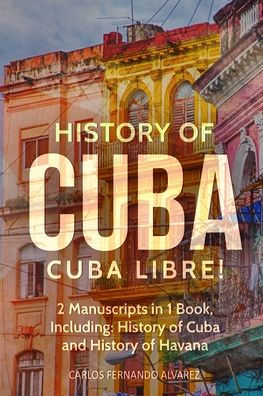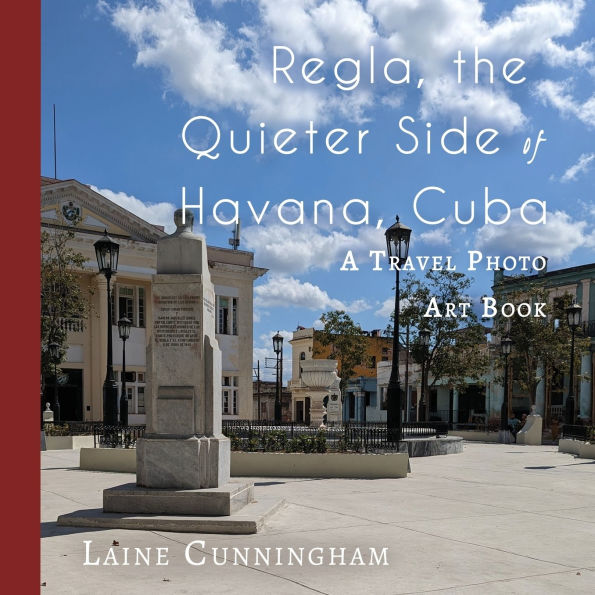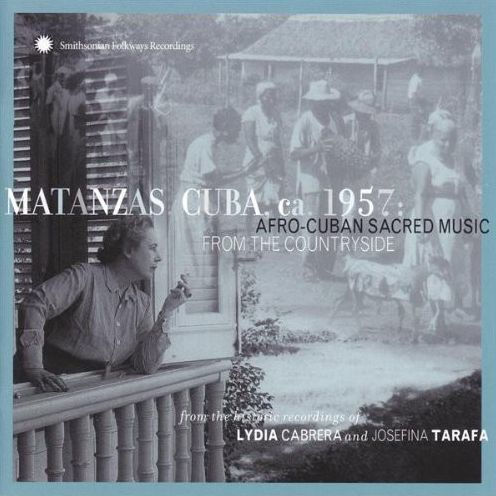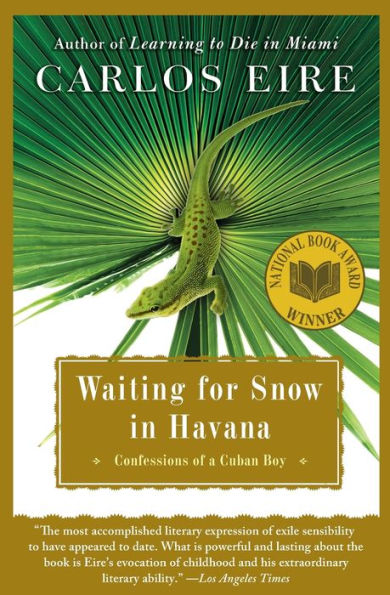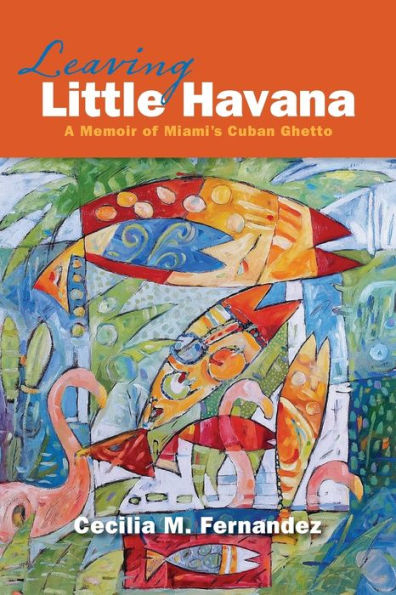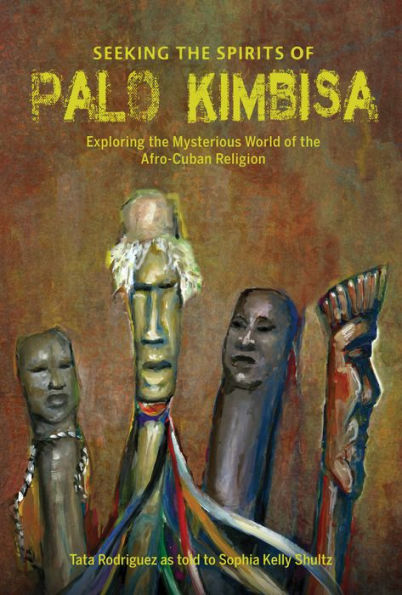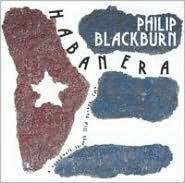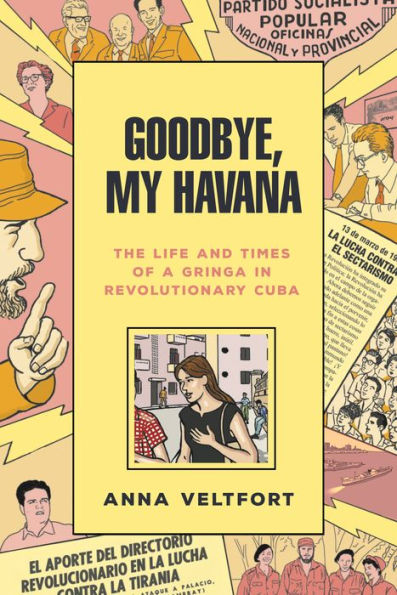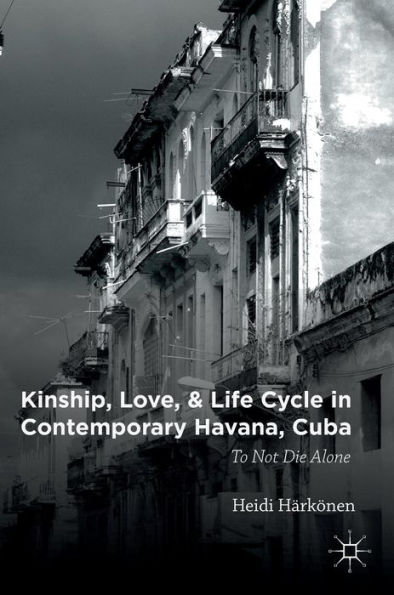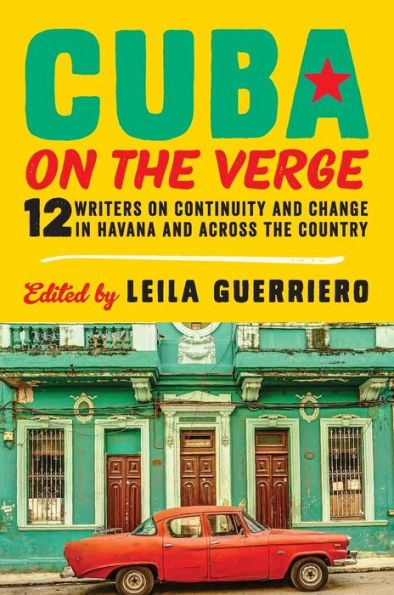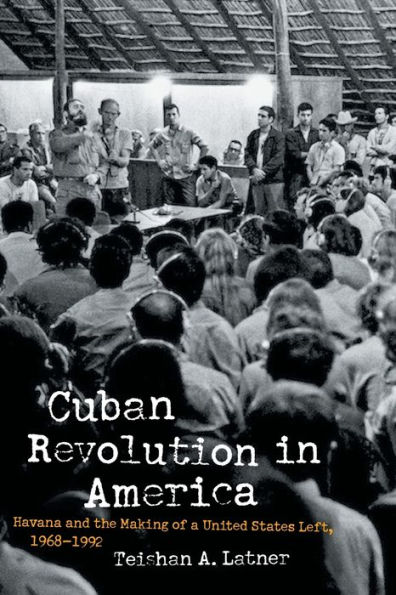Home
Havana and Matanzas, Cuba 1957: Bata, Bembe and Palo
Barnes and Noble
Havana and Matanzas, Cuba 1957: Bata, Bembe and Palo
Current price: $17.99
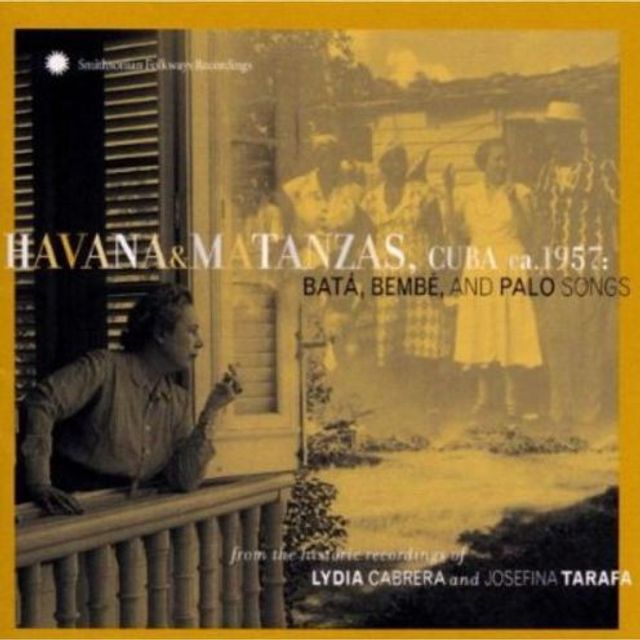

Barnes and Noble
Havana and Matanzas, Cuba 1957: Bata, Bembe and Palo
Current price: $17.99
Size: OS
Loading Inventory...
*Product information may vary - to confirm product availability, pricing, shipping and return information please contact Barnes and Noble
Recorded in the late '50s by
Lydia Cabrera
, the daughter of a rich family who became an eminent folklorist and ethnomusicologist in Cuba,
Havana and Matanzas, Cuba 1957: Bata, Bembe and Palo
is a really remarkable collection of
Afro-Cuban
music. Recorded in both Havana and the more rural area of Matanzas, this is a fascinating portrait of mostly ritual music. It's worthwhile for
"Bata Salute"
alone, continuing the Yoruba tradition in Cuba on the bata drums. Much of the material is vocal, songs to various deities, beautifully recorded (and remastered) to offer the full perspective of ceremonies that really were a part of everyday life. While much of the material is praise songs of the Lukumi and Arara cultures, some is devoted to songs of the Kongo and the Nyong, also an important part of the
spectrum. A fascinating look at a culture, just before it changed with the Cuban revolution, historically and socially important. ~ Chris Nickson
Lydia Cabrera
, the daughter of a rich family who became an eminent folklorist and ethnomusicologist in Cuba,
Havana and Matanzas, Cuba 1957: Bata, Bembe and Palo
is a really remarkable collection of
Afro-Cuban
music. Recorded in both Havana and the more rural area of Matanzas, this is a fascinating portrait of mostly ritual music. It's worthwhile for
"Bata Salute"
alone, continuing the Yoruba tradition in Cuba on the bata drums. Much of the material is vocal, songs to various deities, beautifully recorded (and remastered) to offer the full perspective of ceremonies that really were a part of everyday life. While much of the material is praise songs of the Lukumi and Arara cultures, some is devoted to songs of the Kongo and the Nyong, also an important part of the
spectrum. A fascinating look at a culture, just before it changed with the Cuban revolution, historically and socially important. ~ Chris Nickson
